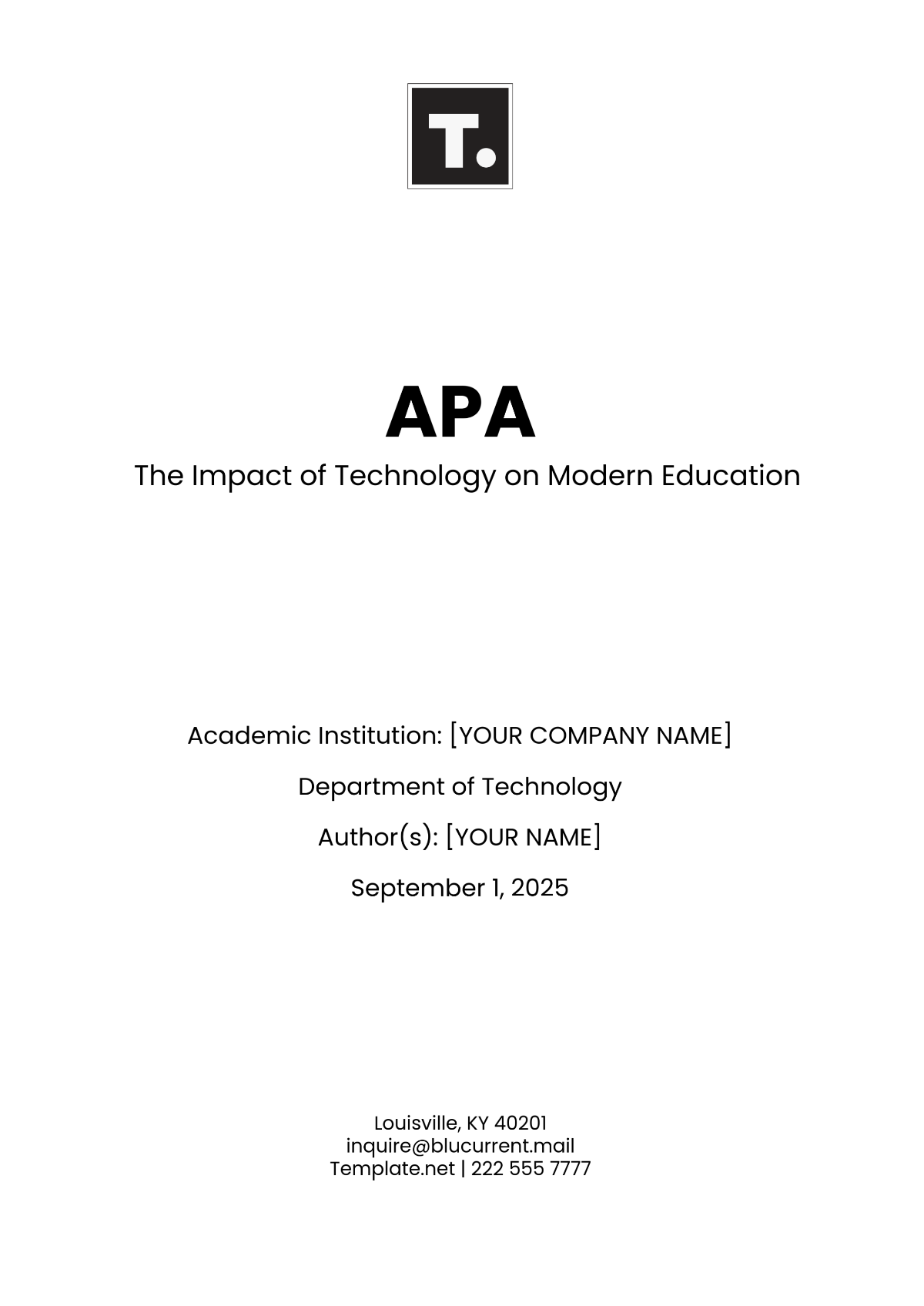Free Knowledge Management White Paper
Discover the ultimate tool for crafting comprehensive knowledge management white papers with ease, exclusively from Template.net. Our editable and customizable white paper template offers unparalleled flexibility, ensuring your content perfectly aligns with your vision. Seamlessly edit in our Ai Editor Tool to effortlessly refine every detail. Elevate your documentation game with our premium template today!






























